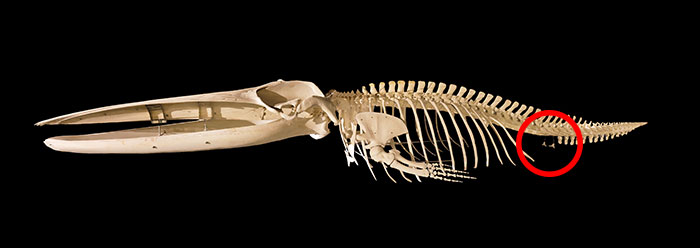SarahEllard
Registered Member
Hi everyone! I'm a 17 year old girl interested in biology and also consider myself a skeptic.
A couple of weeks ago, while browsing a biology thread on another website, I saw someone claiming to be brothers, posting to several social media websites. They said that they've seen 'Sea serpents' swimming in San Francisco Bay several times. They were adamant the animal they saw was a reptile and not an oarfish, and they stated they believe that dragons exist.
By ''dragons'', these people (often creationists) are referring to sea serpents. No, not sea-snakes, they're referring to the mythological, vertically-undulating dragons that live in the sea. Usually said to be anywhere from 100 feet long to 500 feet in length, and always described as reptiles.
When I ask why there's no photos, DNA, etc. these are some of their counterpoints;
1. ''Sea serpents are very rare, that's why there's no evidence.''
2. ''Sea serpents live on the ocean floor, which is unexplored.''
3. ''The giant squid and gorilla used to be considered mythical as well'' (not sure how true this is.)
4. ''There's been thousands of historical sightings of sea serpents, including one in 1962 where 4 boys were attacked and killed by one in twenty feet deep water, with land in sight!'' (I Googled this and yes, turns out there was a news story where 5 people went spearfishing, then a boy, Brian McCleary, 16, came back alone. He said that a sea serpent ate the other 4 and drew some Loch Ness Monster looking thingy.)
I am wondering what you think of these points, as sea serpents are a common subject in creationism, cryptozoology and other pseudoscience's. If dragons exist, and come close to the coasts where water is very shallow, such as Pensacola coast and SF bay, like these people are claiming, would we have evidence of them by now?
A couple of weeks ago, while browsing a biology thread on another website, I saw someone claiming to be brothers, posting to several social media websites. They said that they've seen 'Sea serpents' swimming in San Francisco Bay several times. They were adamant the animal they saw was a reptile and not an oarfish, and they stated they believe that dragons exist.
By ''dragons'', these people (often creationists) are referring to sea serpents. No, not sea-snakes, they're referring to the mythological, vertically-undulating dragons that live in the sea. Usually said to be anywhere from 100 feet long to 500 feet in length, and always described as reptiles.
When I ask why there's no photos, DNA, etc. these are some of their counterpoints;
1. ''Sea serpents are very rare, that's why there's no evidence.''
2. ''Sea serpents live on the ocean floor, which is unexplored.''
3. ''The giant squid and gorilla used to be considered mythical as well'' (not sure how true this is.)
4. ''There's been thousands of historical sightings of sea serpents, including one in 1962 where 4 boys were attacked and killed by one in twenty feet deep water, with land in sight!'' (I Googled this and yes, turns out there was a news story where 5 people went spearfishing, then a boy, Brian McCleary, 16, came back alone. He said that a sea serpent ate the other 4 and drew some Loch Ness Monster looking thingy.)
I am wondering what you think of these points, as sea serpents are a common subject in creationism, cryptozoology and other pseudoscience's. If dragons exist, and come close to the coasts where water is very shallow, such as Pensacola coast and SF bay, like these people are claiming, would we have evidence of them by now?









